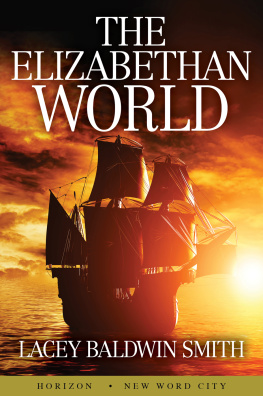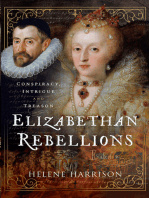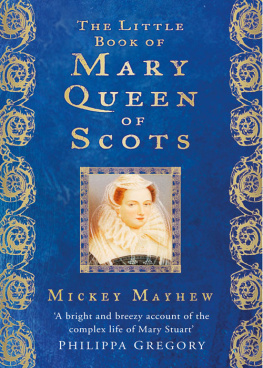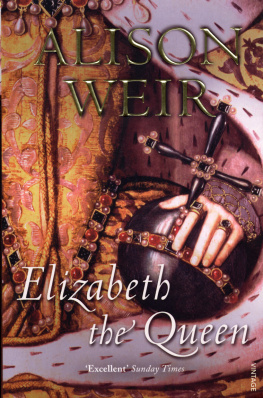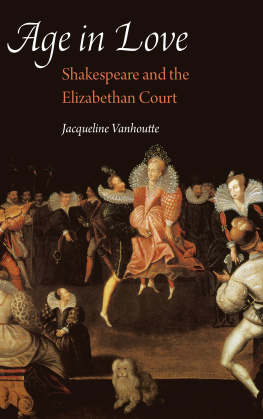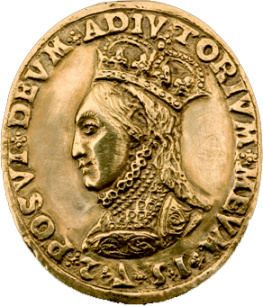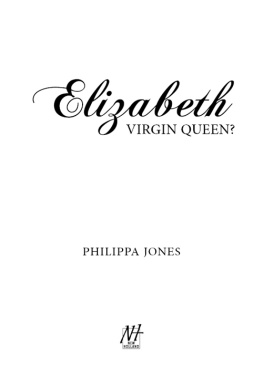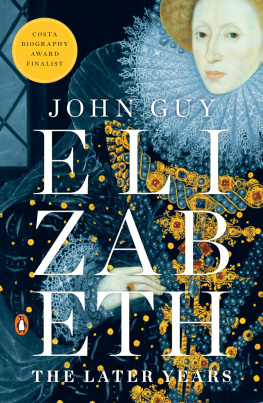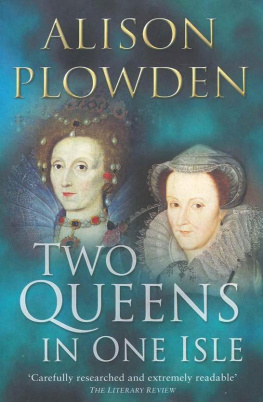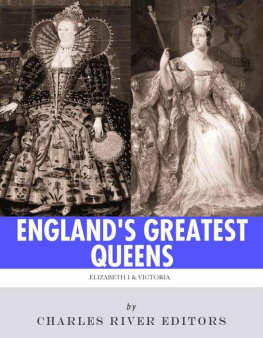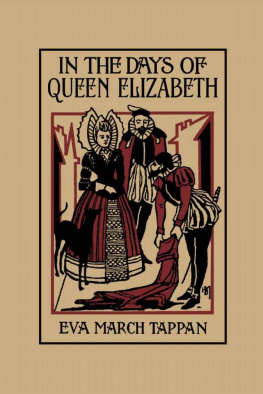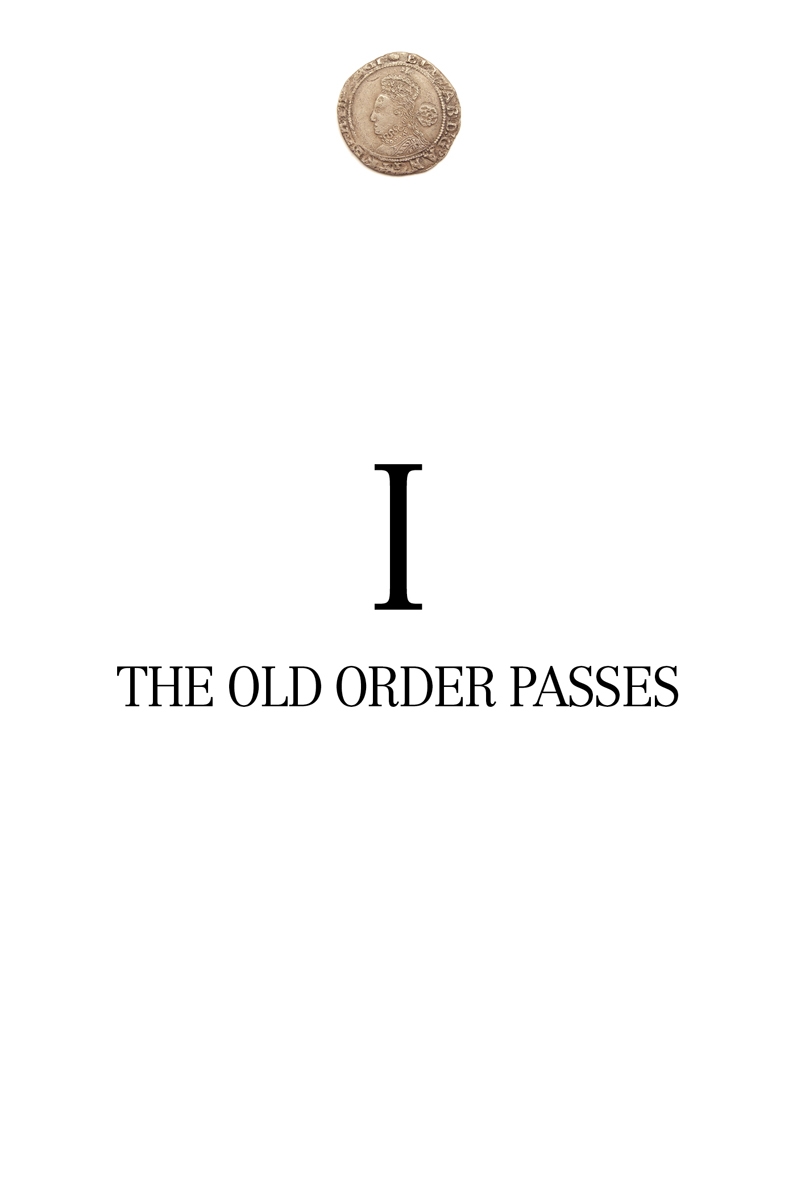I appeal, said Charles VII of France, to the sharp end of my sword. As the medieval world slowly dissolved in the fifteenth century, Europe fell prey to barbarism, sacrilege, and selfishness, in which peoples inhumanity knew no limits and all men made appeal to the sharp ends of their swords. Change and the shock of catastrophe generated despair and foreboding, inducing individuals to forsake and pervert the old standards. In poetry and art, in sermons and chronicles, in actions and even in aspirations, a tone of despondency prevailed. As early as the fourteenth century, the French poet Eustache Deschamps set the tone for most of late medieval Europe when he sadly asked:
Why is our life so cruel and dark
That men no longer speak to friend?
Why does evil so clearly mark
The monstrous government of men?
Compare what is with what is past
And see how fraud and sorrow stand,
While law and justice fade so fast
That I know no longer where I am.
Compared with the preceding centuries, the fifteenth century presented a tableau of royal murders, clerical corruption, international anarchy, and spiritual neurosis. Traditionally the medieval ideal had been one of universalism, which in practice had been balanced by diversity. Christendom was seen as a seamless cloak, a single corps in which the universal Catholic Church and the Holy Roman Empire shared the two swords of Christ - the spiritual and temporal.
Religious unity had at one time been a reality, but political union had never been more than a myth. By 1400, medieval Christianity was falling apart. The Holy Roman Empire was a specter in which real power rested not with the emperor but with a myriad of principalities scattered throughout Germany, the Lowlands, and northern Italy. Each prince, prelate, and imperial town possessed sovereignty within the empire, and the emperor was little more than a figurehead. The empire itself was an artificial relic, held together by hollow pomp and gaudy circumstance.
Spiritually the Christian world was also in chaos. Religious unity had disintegrated; now Europe witnessed rival popes, one at Avignon, the other in Rome, each claiming keys to the kingdom of heaven and thundering maledictions at any Christian who challenged his authority. The Great Schism lasted thirty-nine years, from 1378 to 1417. Significantly Europe divided along national lines: England and Germany sided with Urban VI in Rome, and France and Scotland followed Clement VII at Avignon - a sign that the medieval ideal of universality was giving way to international anarchy.
Medieval institutions survived, but the spirit that had sustained them withered and died. Kings continued to rule, but subjects complained that the law serveth for naught else but to do wrong; the chivalric creed persisted, but the feudal knight became a military anachronism; the cleric retained his privileged position in society, but his flock learned to use such expressions as fat as a canon, lazy as a monk, and lewd as a Carmelite. In crown, baronage, and Church, the fifteenth century experienced a failure of leadership.
The dynasties of Europe were afflicted with incompetency and insanity and stricken by sudden death. The medieval concept of kingship had incorporated three ideals: piety, justice, and courage. The king was supposed to be the fountain of justice and the model of faith and bravery. He lived on his own, using his private wealth to sustain his regal office. He ruled by law, defending and recognizing the rights of his subjects, dedicated to the defense of the Holy Church, championing the true faith against the infidel. Such a king had been Louis IX of France in the thirteenth century, and both Church and state agreed that he deserved the name of saint.
Kingly reality in the fifteenth century was far different from the ideal exemplified by Saint Louis. In France, the realm fell prey to internal discord, foreign invasion, and governmental paralysis. When Charles V died in 1380, the crown passed to a twelve-year-old minor, Charles VI, who moved from adolescence into insanity. From the moment Charles took control of the government, he proved to be a monarch of inordinate passion: immoderate in work, generosity, war, and pleasure. Court expenses rose from 94,000 livres each year to 450,000 livres, and during the periods of his madness, officially termed the kings absences, the land was torn by bitter rivalry between the princely houses of Burgundy and Orleans. For fifty years France bled; neither the fear of God, nor love of our neighbors, nor anything else, as a contemporary witness said, was sufficient to restrain Frenchmen from doing violence to one another.
The lunatic king and the quarreling nobility offered England the chance to regain its lost province of Normandy and to initiate a second bout of the Hundred Years War. The war was a horror story punctuated with atrocities, guerrilla tactics, and broken promises, both sides fighting to the point of total exhaustion. The little village of Neville-sur-Sane was sacked six times in three years by the mercenary troops of each side. By the end of the war, the population of the diocese of Rouen had fallen from 15,000 to 6,000.
France finally cast out the Goddamns, as the English were called, but its success had less to do with royal leadership than with the mounting weakness of its enemy, for England was handicapped in 1422 by the succession of Henry VI, a nine-month-old sovereign who ruled off and on for the next fifty years with varying degrees of pious incompetence. The fifteenth century in England was little better than in France. Since 1399, when Richard II, the last of the direct Plantagenet kings, had been deposed by his cousin, Henry, the Duke of Lancaster, the kingdom had suffered disputed succession. Feuding among the great magnates was momentarily set aside when the new king, Henry V, led his barons to victory at Agincourt in 1415. But he died in 1422, leaving an infant son to the tender mercies of avaricious relatives, and when the tide of victory in France had ebbed, England fell prey to party discord and civil war.
Defeat in France was the signal for strife to begin at home, for, as one French commentator put it: Upon their return into England not one of the English lords thought of lessening his estate; and the whole revenue of the kingdom was not sufficient to satisfy them all. The Wars of the Roses between the house of Lancaster, with its red rose, and the House of York, with its white, lasted by one computation until 1471 when Edward, the Duke of York, finally made good his claim to the throne and ruled as Edward IV. By another reckoning, the wars endured until 1485 when Yorkist Richard III fell at Bosworth field and Henry Tudor, the grandfather of Queen Elizabeth, seized the crown - according to one legend, he snatched it from a thorn bush on which Richard had hung it.
The paralysis of regal leadership throughout Europe was no more vividly revealed than when the Holy Roman Emperor Wenceslas and Charles VI of France met in an effort to heal the religious schism of Christendom. The meeting, in 1398, had to be conducted by underlings since the emperor was too drunk, and Charles was too mad to confer. The conference did nothing but magnify Europes woes; instead of ending schism, it called for the election of a third pope to settle the controversy. In 1400, Wenceslas was deposed; he had shocked even his hardened peers by roasting his cook on a spit when that unfortunate servant spoiled his dinner. But he refused to abdicate, and for ten years thereafter the German empire was torn by disputed elections until eventually there were three warring emperors, roughly corresponding to the three rival popes.

